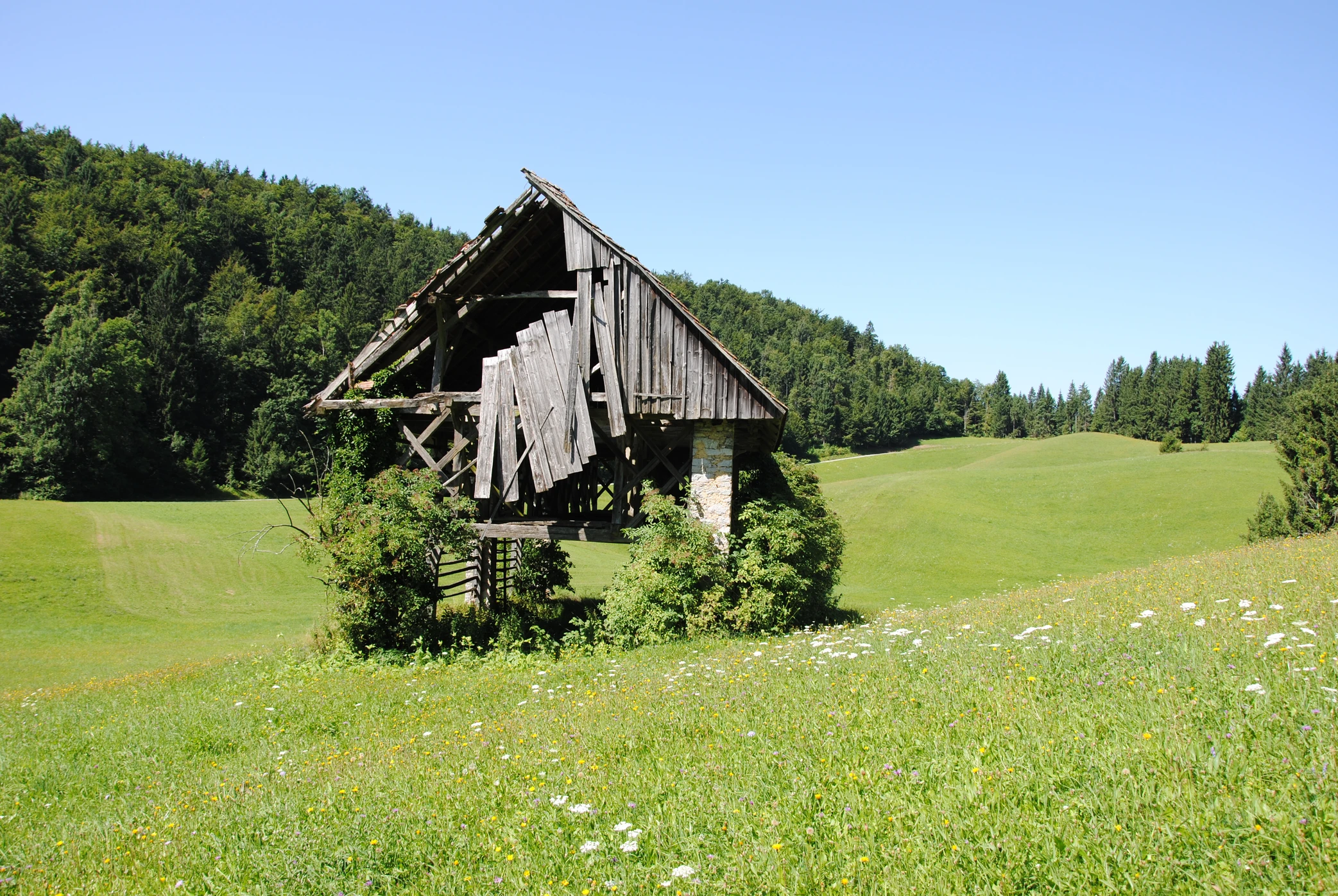Slovenia currently has an abundance of wood, but with the latest weather phenomena we could see the vulnerability of Slovenian forests. Even in Europe, we are currently facing an excess of wood, which will according to the foresight of Confederation of European paper industries – CEPI, start to run short in supply in the years from 2020 to 2050. The main reason for the lowering amount of wood is going to be a large demand for wood from China and India which are already facing issues with the amount of wood (Humar, 2012). Therefore, the focus will be on developing wooden products made out of old, discarded wood, including wooden windows. In the last decade the European politics has shifted in the direction of so called cascade recovery of wood, which is based on assumption that wood has more than one life cycle. Most of the EU policies have already recognized discarded wood as an important resource. In practice, this means that after demolishing a house, wooden beams are not used for heat energy (burning), but are primary used for wooden windows, then for wooden composites and for heating at latest. With such approach, we prolong the life span of wood from 50 years to 100 years and more. The potential of recycling of wood reflects also in EU tightening of the policies for disposal of discarded wood as this is no longer approved and is not in accordance with Europe guidelines and regulations. Discarded wood requires a lot of space for relatively small amount of toxic substances, deposit capacity is limited and there is also formation of methane during wood decomposition. In the future we can expect that EU will heavily tax deposition of discarded wood, there is a problem with leakage of toxic substances from preserved wood and there is also an issue of NIMBY (Not In My Back Yard) syndrome.
Why windows made of old/discarded wood?
Main material for wooden windows is high quality wood, mostly spruce, larch, oak and other exotic species.


